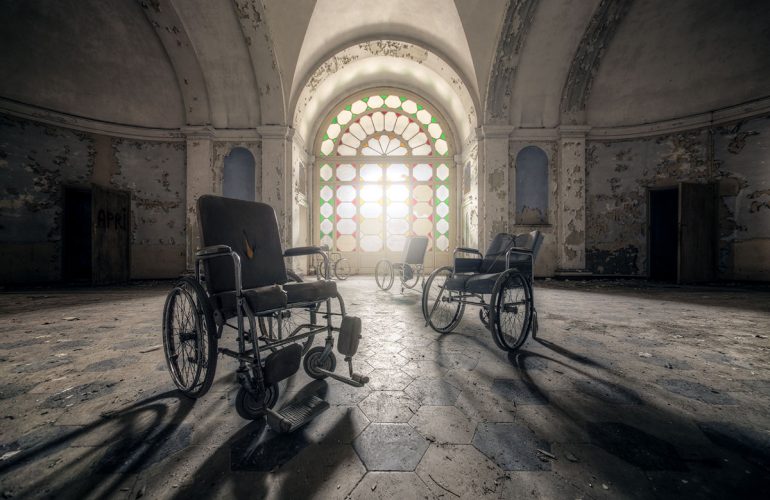Being a strong advocate of person-centered care, I sometimes fear that some senior care communities will drift back to their institutionalized ways. Whether it’s how nurses deliver care or how meals are served, institutional creep is real and can happen unless leadership keeps an attentive eye out for it and stops it in its tracks.
Some examples of institutional creep include getting rid of medication carts, which are very medical and hospital-like, and then finding a new vehicle to use to pass medication, like a tea cart. It’s still a medication cart! Or, going from allowing residents to sleep in, awaken naturally, and then administer their medications, nurses wake them up to give them their medications while still half asleep.
Other examples of this insidious problem in senior care is how language is used. There are countless examples of institutionalized words that were replaced by more person-centered ones, only to return back to the old way of speaking. For instance, admissions coordinators would say that they’re “admitting” a new resident to the care center. They then replaced it with “We have a new person moving in”. Which one sounds more pleasant and person-centered?
I provide this last example, because language is powerful and influences the culture of the care community. Words make a difference when they are being spoken to seniors who live in the community, to family members, and to employees. For the most part, seniors don’t want to be reminded they are living in a skilled nursing facility or a rehabilitative center. They might prefer words that remind them of home.
It’s important for leaders in senior care to remember that culture change can become un-changed and person-centered care can go back to the old days of institutionalized care. Watch how care and services are being delivered and listen to the language of the care community. Be honest and ask yourself if your culture is still one of positive transformation or a return to the old ways of doing things.

